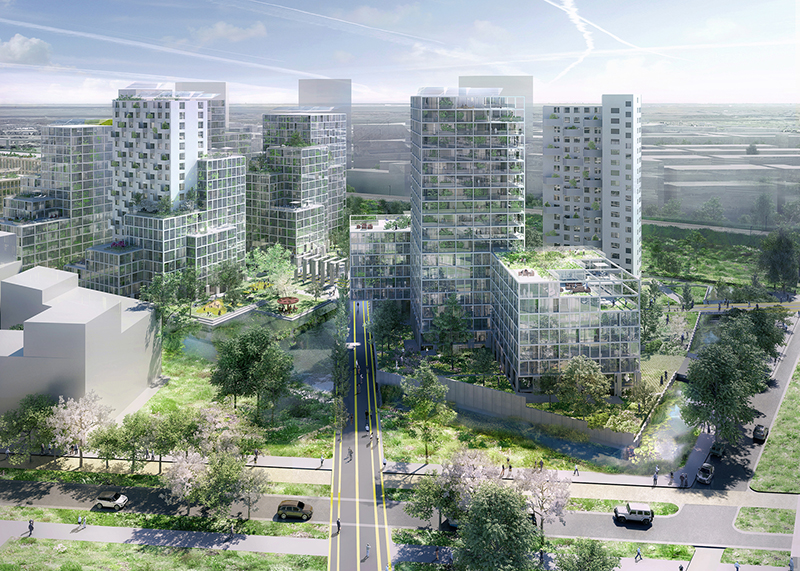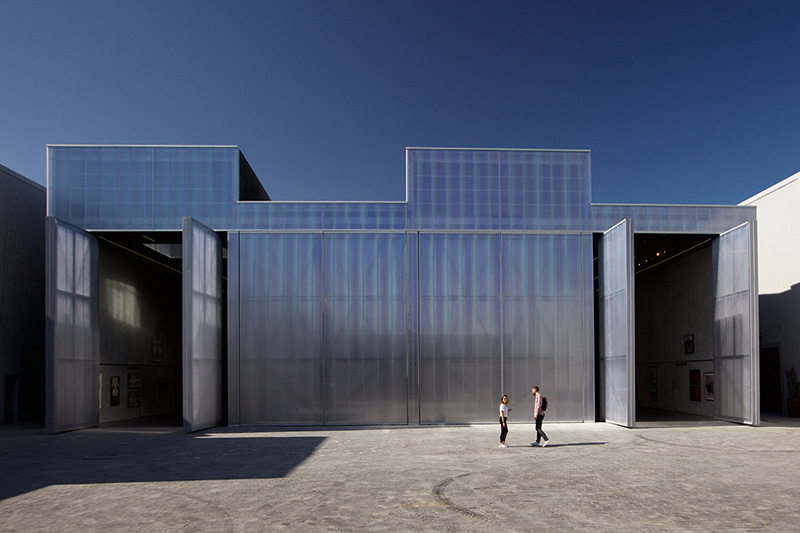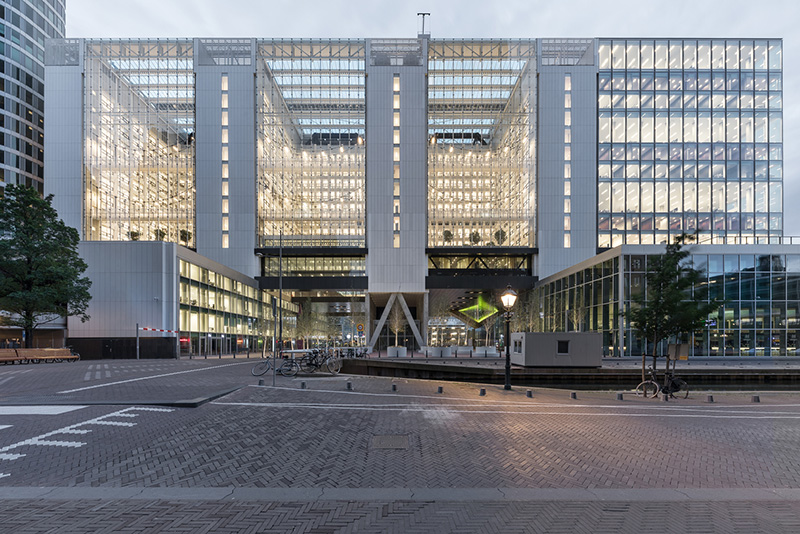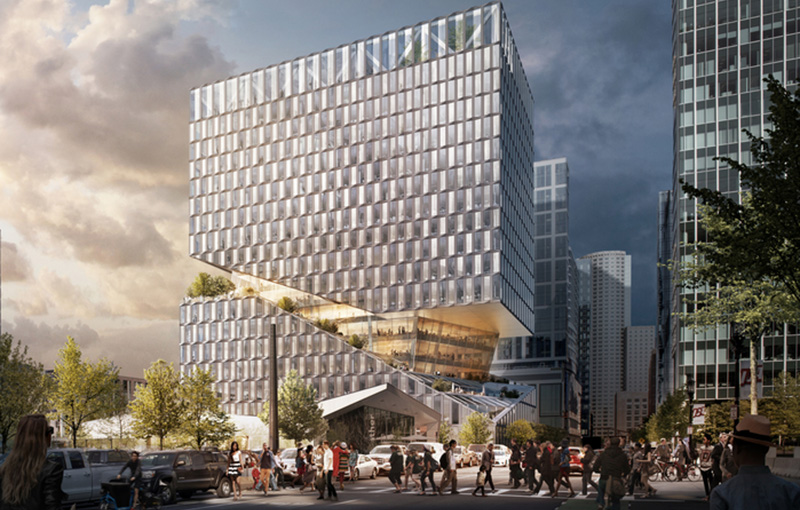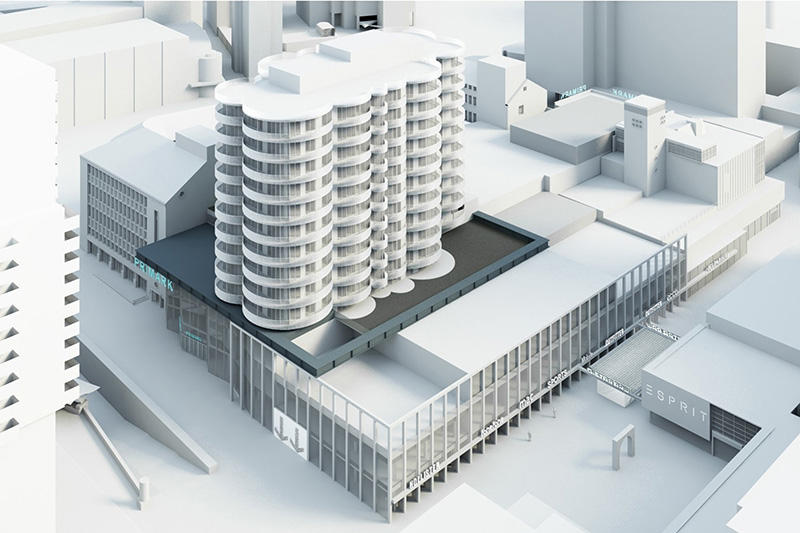ARCHITECTURE: Changes in Architecture After the Globalization
 A series of social, political and economic changes that affect everything from the operation of nations to everyday life come under the collective title of “globalization”. Often considered just to be the domination of the world by global corporations, the phenomenon of globalisation goes much further than this. Imperialism, internationalism and other forms of interchange between cultures and economies has been taking place for millennia, but globalisation is different in effect and depth.
A series of social, political and economic changes that affect everything from the operation of nations to everyday life come under the collective title of “globalization”. Often considered just to be the domination of the world by global corporations, the phenomenon of globalisation goes much further than this. Imperialism, internationalism and other forms of interchange between cultures and economies has been taking place for millennia, but globalisation is different in effect and depth.
By Dimitris Lempesis
The principles of globalization could not be realized until the collapse of the USSR in 1989. The IMF’s imposition of a free market system on an exhausted Russian economy was followed by the voluntary liberalisation of the Indian and Chinese economies in the early 90s. This free market was a north-Atlantic economic system evangelically promoted by the USA. Since the early twentieth century, architects have sought to link design symbolically to express a particular analysis of society and its future direction. This analysis has often been technological, but it has also been spiritual, psychological and even cosmological. But this view can be reversed; society can be made a mirror to architecture. We can understand architecture as a natural reflection of what is current socially, politically and economically. In architecture, the historical development of globalisation corresponded very closely to the ascendancy of Modernism. By 1932 it had been identified as the “International Style”, although this was really a development of parallel experiments between nations. By 1948 Modernism had so obliterated traditional architecture that it came to be described as simply “modern”. Modernism was also, quite specifically, a north-Atlantic cultural phenomenon. It was based on the ideals of the same Western Enlightenment thinking that informed globalisation: rationality, scientific innovation, progress and the end of tradition. The Modernist association with the principal building types identified with key aspects of globalization: the corporate office, the airport, the international hotel and the shopping mall, provided a clear symbolic link with the engines of global capital expansion. The glass-walled office block has become the Coca-Cola of architecture. Now, without reference to signage or vehicle registration plates, it is often impossible to identify the global location of parts of San Francisco, Osaka, Sao Paolo, Brussels, Berlin and Shanghai. Globalised commercial architecture has developed a symbiotic relationship with a new breed of global-star architects. As cities, more than nations, now compete to attract global investment and global tourism, they seek brand differentiation and symbolic modernity. The commissioning of public buildings by star architects is now an established marketing technique. The buildings must be (in the literal sense of the word) extra-ordinary and designed by one of a small band of global architects whose nationality is more accidental than significant. The names arefamiliar and include: Frank Gehry, Daniel Libeskind, Jean Nouvel, Rem Koolhaas, Norman Foster, Santiago Calatrava and Renzo Piano. As Daniel Bell says “The nation-state has become too small to solve global problems and too large to deal with local ones”. As the power of the nationstate declines, regional, local and ethnic identities re-emerge. Localisation is the other face of globalisation. Localisation is closely associated with the politics of identity. Identity is community and place related and the individuality of community and place are undermined by global homogenisation. Migration, instantaneous communication and increased travel all threaten and dislocate community identity. At the same time, members of communities can intensify their association with one another and their place of origin over long distances with the internet and the other communication media. The same phenomena can also promote the local cohesion of ethnic communities or micro states. In 1982 Kenneth Frampton, principally as a Modernist rebuff to the overt cultural symbolism of Post Modernism, published the first of a number of essays on “Critical Regionalism” to highlight what he saw as localising tendencies in current Modernism. The definition of what made a building regional, however, was vestigial and amounted to as little as building to the contours of the site. Concern with the identity of place is, more evident in urban design and urbanism than inarchitecture. In the last 25 years there has been a growing urbanist movement specifically concerned with the individuality and identity of place. In 2006 the Academy of Urbanism was created out of an initiative by the then president of the RIBA, George Ferguson, and asserts that “the design of spaces and buildings should be influenced by their context and seek to enhance local character and heritage”. This interest in local contextual identity runs contrary to the homogeneous international architecture of star architects and their followers. These two poles of modern architecture: are clear reflections of the two poles of globalization: homogenisation and localisation. As joint products of globalisation they must not be seen as totally distinct. 

